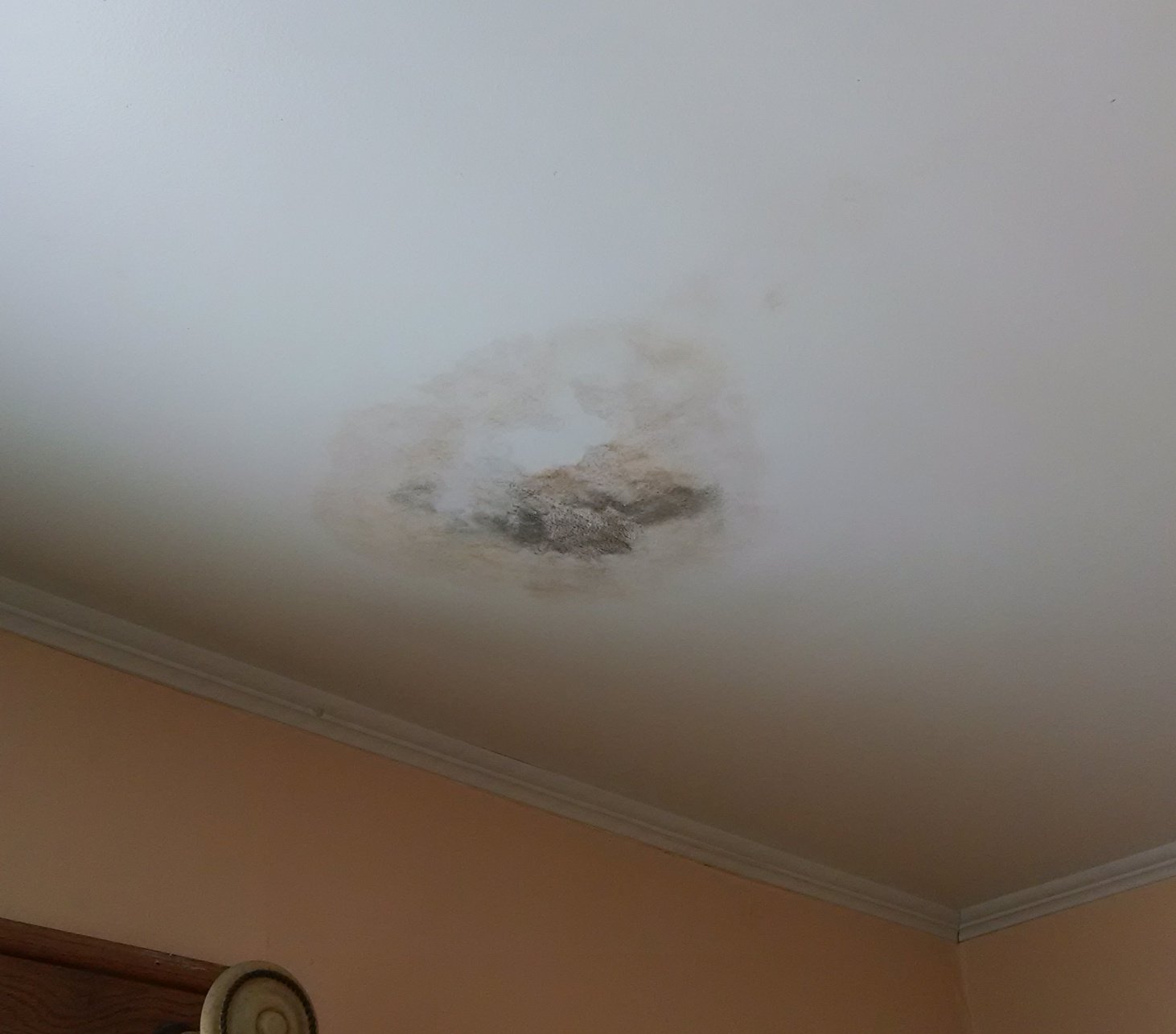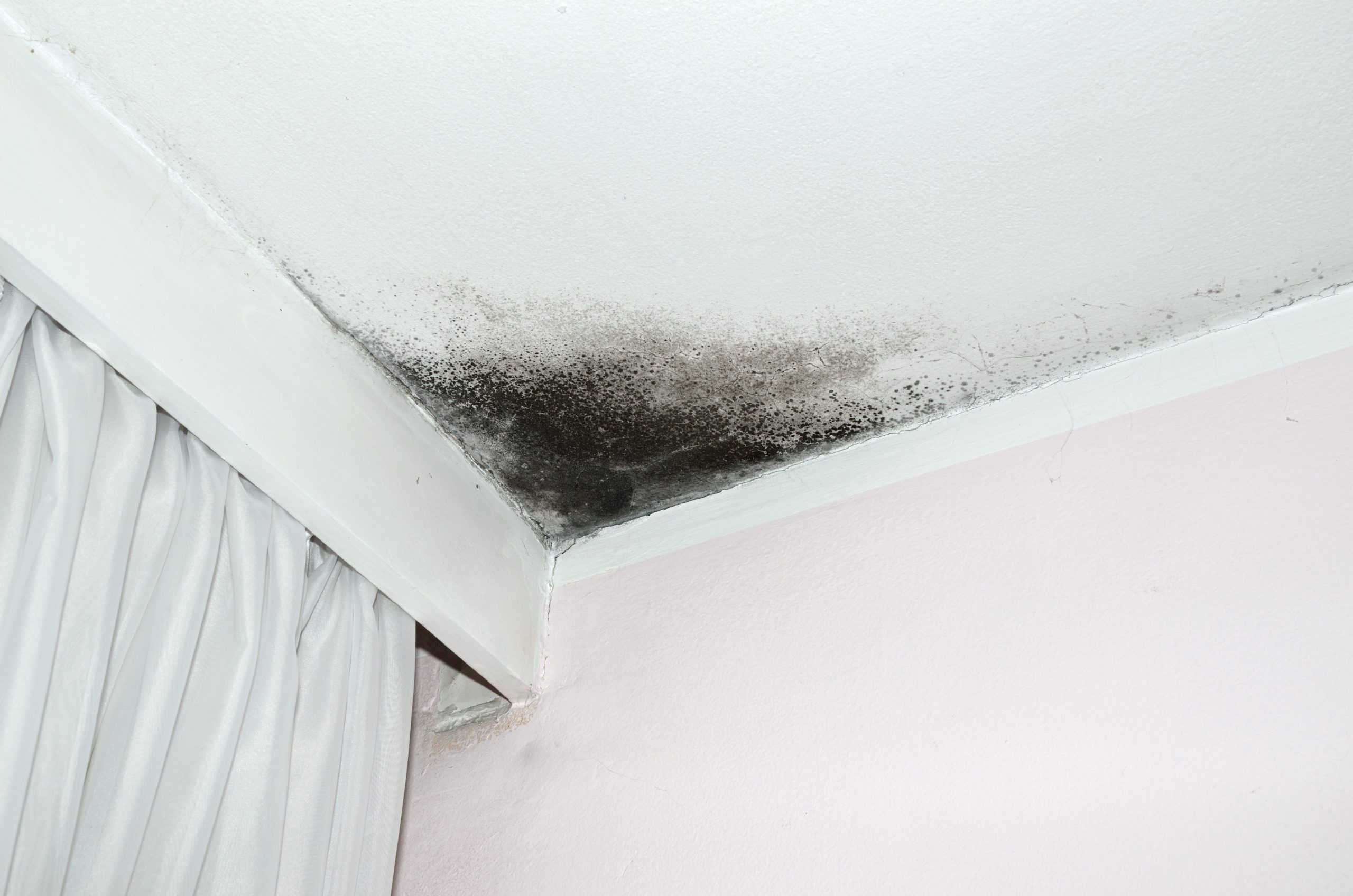Identifying the Source of Mold

Mold growth on ceilings, especially in bedrooms, can be a serious health concern. It’s crucial to understand the causes of this issue to effectively address it.
Mold on ceiling in bedroom – Mold thrives in damp environments, and the ceiling is often a vulnerable area. Common culprits include leaks, excessive humidity, poor ventilation, and condensation. These factors create ideal conditions for mold spores to germinate and proliferate.
Inspecting the Ceiling for Moisture Sources
Identifying the source of moisture is essential for preventing future mold growth. A thorough inspection of the ceiling can reveal potential leaks or other issues.
- Check for visible signs of water damage. Look for water stains, discoloration, or peeling paint on the ceiling. These are telltale signs of a leak.
- Inspect the roof and gutters. Ensure the roof is properly sealed and the gutters are free of debris. Clogged gutters can cause water to back up and leak into the attic, potentially leading to mold growth on the ceiling below.
- Examine plumbing fixtures. Check for leaks in pipes, faucets, or appliances near the ceiling. Even a small leak can create enough moisture to support mold growth.
- Assess ventilation. Proper ventilation is crucial for removing moisture from the air. Ensure that bathroom and kitchen exhaust fans are working properly and that windows can be opened for air circulation.
- Look for condensation. Condensation can occur on cold surfaces, such as windows or pipes, and can drip onto the ceiling. Insulating cold surfaces can help prevent condensation.
By carefully inspecting the ceiling and surrounding areas, you can identify the source of moisture and take appropriate steps to prevent further mold growth.
Identifying the source of mold is critical before attempting any remediation. Addressing the underlying cause is essential for long-term mold control.
Understanding the Health Risks of Mold: Mold On Ceiling In Bedroom

Mold exposure can have significant health implications, particularly for individuals with pre-existing respiratory conditions or allergies. Understanding the potential health risks associated with mold is crucial for safeguarding your well-being.
Respiratory Problems
Mold exposure can trigger a range of respiratory problems, especially in individuals with asthma or other respiratory sensitivities. Mold spores, when inhaled, can irritate the lungs and airways, leading to:
- Wheezing
- Coughing
- Shortness of breath
- Chest tightness
In severe cases, prolonged exposure to mold can even contribute to the development of chronic respiratory conditions like chronic obstructive pulmonary disease (COPD).
Allergies
Mold can also trigger allergic reactions in sensitive individuals. Mold spores, acting as allergens, can cause:
- Sneezing
- Runny nose
- Itchy eyes
- Skin rashes
These allergic reactions can range from mild to severe, depending on the individual’s sensitivity and the level of mold exposure.
Other Health Issues
Beyond respiratory problems and allergies, mold exposure has been linked to other health issues, including:
- Sinus infections: Mold spores can irritate the sinuses, leading to inflammation and infection.
- Eye irritation: Mold spores can cause eye irritation, particularly in individuals with sensitive eyes.
- Neurological symptoms: Some studies suggest a possible link between mold exposure and neurological symptoms like headaches, fatigue, and cognitive impairment, although more research is needed to establish a definitive connection.
Recognizing Mold Exposure Symptoms
Recognizing the symptoms of mold exposure is essential for prompt action. If you experience any of the following symptoms, especially in conjunction with a known mold problem in your home or workplace, it’s crucial to consult a healthcare professional:
- Persistent cough or wheezing
- Shortness of breath
- Nasal congestion or runny nose
- Itchy eyes, nose, or throat
- Skin rashes or irritation
- Headaches
- Fatigue
- Cognitive difficulties
Professional Mold Inspection and Remediation
For severe mold infestations, professional mold inspection and remediation are crucial. A qualified mold inspector can assess the extent of the problem and recommend appropriate solutions. Mold remediation involves removing the mold and addressing the underlying moisture issues that caused it.
Mold Removal and Prevention

Mold growth on ceilings can be unsightly and pose health risks. Effective removal and prevention strategies are essential to ensure a safe and healthy living environment.
Mold Removal
Removing mold from ceilings requires a systematic approach that prioritizes safety and effectiveness. Here are the steps involved in mold removal:
- Protect Yourself: Before starting, wear protective gear, including gloves, a mask, and eye protection, to prevent contact with mold spores. This will help minimize exposure and potential health risks.
- Prepare the Area: Cover furniture and belongings in the room to prevent them from being contaminated with mold spores. Open windows for ventilation to improve air circulation and minimize mold spore accumulation.
- Remove Moldy Materials: If the mold growth is extensive or the affected material is porous (e.g., drywall), it may be necessary to remove and replace it. This prevents the spread of mold and ensures complete removal.
- Clean the Affected Area: Use a solution of bleach and water (1 part bleach to 10 parts water) to clean the moldy area. Apply the solution with a sponge or brush, making sure to scrub the surface thoroughly. Allow the solution to sit for 10-15 minutes before rinsing it off with clean water.
- Dry the Area: Thoroughly dry the cleaned area using a fan or dehumidifier. This prevents the growth of new mold spores and ensures a clean and dry environment.
Cleaning Agents for Mold Removal, Mold on ceiling in bedroom
Bleach is an effective cleaning agent for mold removal due to its strong disinfectant properties. However, it is crucial to use bleach safely and follow the manufacturer’s instructions.
- Dilution: Bleach should be diluted with water before use. A common ratio is 1 part bleach to 10 parts water. This dilution is generally effective for most mold removal applications.
- Safety Precautions: Wear protective gear, including gloves, a mask, and eye protection, when using bleach. Avoid mixing bleach with other cleaning products, as this can create toxic fumes. Ensure adequate ventilation during and after cleaning.
- Alternative Cleaning Agents: For sensitive surfaces or individuals with allergies, consider alternative cleaning agents such as borax, tea tree oil, or vinegar. These agents are generally safer than bleach and can effectively kill mold spores.
Mold Prevention
Preventing mold growth is crucial for maintaining a healthy indoor environment. By addressing the factors that contribute to mold growth, you can minimize the risk of future mold problems.
- Improve Ventilation: Adequate ventilation is essential for removing moisture from the air. Use exhaust fans in bathrooms and kitchens, open windows for fresh air circulation, and ensure proper ventilation in attics and crawl spaces.
- Reduce Humidity: High humidity levels create favorable conditions for mold growth. Use dehumidifiers to reduce humidity levels in humid areas, such as bathrooms and basements. Regularly check and maintain air conditioners and other appliances that can contribute to humidity.
- Address Leaks: Promptly address leaks in roofs, pipes, and windows. Moisture from leaks can lead to mold growth, so it is crucial to repair any leaks as soon as possible.
